
Ecosystem is made of It is composed of two parts: biological composition and non-biological environment. The non-biological environment includes mineral elements, compounds and organic substances that participate in the material cycle and climate or other physical conditions. Biological components include three functional groups, including producers, consumers and decomposers.
Ecosystem is a unified whole between biome and its environment due to the continuous material cycle and energy flow process. For example, forests, grasslands and oceans are all typical ecosystems.
Ecosystem refers to a unified whole composed of biome and inorganic environment.And the school pond you want to investigate belongs to the pond ecosystem in the wetland ecosystem. Features, I think you should be talking about the function of the ecosystem: that is, it can carry out material circulation, energy flow and information transmission. I hope I can help you.
The concept of ecosystem was proposed by British ecologist A.G. Tansley (1871~1955) in 1935. He believes that "the basic concept of ecosystem is the 'system' used in physics as a whole. This system includes not only organic complexes, but also the entire physical factor complex that forms the environment.
The ecosystem is a whole composed of biological and non-biological interactions, including the interdependence between biological communities, habitats and species.The components of the ecosystem include ecological niches, biospheres, various substances and energy cycles in nature, etc.
Ecosystem, also known as ecosystem, refers to the unified whole of organisms and the environment in a certain space of nature. In this unified whole, organisms and the environment influence and constrain each other, and are in a relatively stable dynamic balance for a certain period of time.
The concept of ecosystem was proposed by British ecologist A.G. Tansley (1871~1955) in 1935. He believes that "the basic concept of ecosystem is the 'system' used in physics as a whole. This system includes not only organic complexes, but also the entire physical factor complex that forms the environment.
Ecosystems are composed of two parts: biological components and abiotic environment. The abiotic environment includes mineral elements, compounds and organic matter that participate in the material cycle, as well as climate or other physical conditions. Biological components include three functional groups, including producers, consumers and decomposers.
Ecosystem, that is, a unified whole formed by the interaction between the biome and its inorganic environment.
Ecosystem is a dynamic complex formed by the interaction of plants, animals and microbial communities and their inanimate environments as an ecological unit.

Ecosystems are composed of two parts: biological components and non-biological environments. The non-biological environment includes mineral elements, compounds and organic matter that participate in the material cycle, as well as climate or other physical conditions. Biological components include three functional groups, including producers, consumers and decomposers.
Ecosystem refers to a unified whole composed of biomes and inorganic environments.
Ha ha~ Ask people, ecosystem refers to a unified whole formed by the interaction between the biome and its inorganic environment. Components of the biosystem: non-living substances and energy, producers, consumers, decomposers.
Ecosystem is an important concept in biology, which refers to a system that interacts and interdependent between biological communities and non-biological environments in a specific space in nature. First of all, an ecosystem is a network structure composed of biological and non-biological factors.
Definition: In nature, no biological community exists in isolation. They are always inseparable from the environment in which they live through the exchange of energy and matter.They are interconnected and interact to form a unified whole, which is the ecosystem.
The ecosystem is a whole composed of biological and non-biological interactions, including the interdependence between biological communities, habitats and species. The components of the ecosystem include ecological niches, biospheres, various substances and energy cycles in nature, etc.
OKX Wallet to exchange-APP, download it now, new users will receive a novice gift pack.
Ecosystem is made of It is composed of two parts: biological composition and non-biological environment. The non-biological environment includes mineral elements, compounds and organic substances that participate in the material cycle and climate or other physical conditions. Biological components include three functional groups, including producers, consumers and decomposers.
Ecosystem is a unified whole between biome and its environment due to the continuous material cycle and energy flow process. For example, forests, grasslands and oceans are all typical ecosystems.
Ecosystem refers to a unified whole composed of biome and inorganic environment.And the school pond you want to investigate belongs to the pond ecosystem in the wetland ecosystem. Features, I think you should be talking about the function of the ecosystem: that is, it can carry out material circulation, energy flow and information transmission. I hope I can help you.
The concept of ecosystem was proposed by British ecologist A.G. Tansley (1871~1955) in 1935. He believes that "the basic concept of ecosystem is the 'system' used in physics as a whole. This system includes not only organic complexes, but also the entire physical factor complex that forms the environment.
The ecosystem is a whole composed of biological and non-biological interactions, including the interdependence between biological communities, habitats and species.The components of the ecosystem include ecological niches, biospheres, various substances and energy cycles in nature, etc.
Ecosystem, also known as ecosystem, refers to the unified whole of organisms and the environment in a certain space of nature. In this unified whole, organisms and the environment influence and constrain each other, and are in a relatively stable dynamic balance for a certain period of time.
The concept of ecosystem was proposed by British ecologist A.G. Tansley (1871~1955) in 1935. He believes that "the basic concept of ecosystem is the 'system' used in physics as a whole. This system includes not only organic complexes, but also the entire physical factor complex that forms the environment.
Ecosystems are composed of two parts: biological components and abiotic environment. The abiotic environment includes mineral elements, compounds and organic matter that participate in the material cycle, as well as climate or other physical conditions. Biological components include three functional groups, including producers, consumers and decomposers.
Ecosystem, that is, a unified whole formed by the interaction between the biome and its inorganic environment.
Ecosystem is a dynamic complex formed by the interaction of plants, animals and microbial communities and their inanimate environments as an ecological unit.

Ecosystems are composed of two parts: biological components and non-biological environments. The non-biological environment includes mineral elements, compounds and organic matter that participate in the material cycle, as well as climate or other physical conditions. Biological components include three functional groups, including producers, consumers and decomposers.
Ecosystem refers to a unified whole composed of biomes and inorganic environments.
Ha ha~ Ask people, ecosystem refers to a unified whole formed by the interaction between the biome and its inorganic environment. Components of the biosystem: non-living substances and energy, producers, consumers, decomposers.
Ecosystem is an important concept in biology, which refers to a system that interacts and interdependent between biological communities and non-biological environments in a specific space in nature. First of all, an ecosystem is a network structure composed of biological and non-biological factors.
Definition: In nature, no biological community exists in isolation. They are always inseparable from the environment in which they live through the exchange of energy and matter.They are interconnected and interact to form a unified whole, which is the ecosystem.
The ecosystem is a whole composed of biological and non-biological interactions, including the interdependence between biological communities, habitats and species. The components of the ecosystem include ecological niches, biospheres, various substances and energy cycles in nature, etc.
OKX Wallet apk download latest version
author: 2025-02-02 22:16 Binance Download for PC
Binance Download for PC
421.47MB
Check Binance login
Binance login
871.39MB
Check Binance download Android
Binance download Android
479.65MB
Check Binance APK
Binance APK
398.25MB
Check okx.com login
okx.com login
865.41MB
Check OKX Wallet apk download
OKX Wallet apk download
817.34MB
Check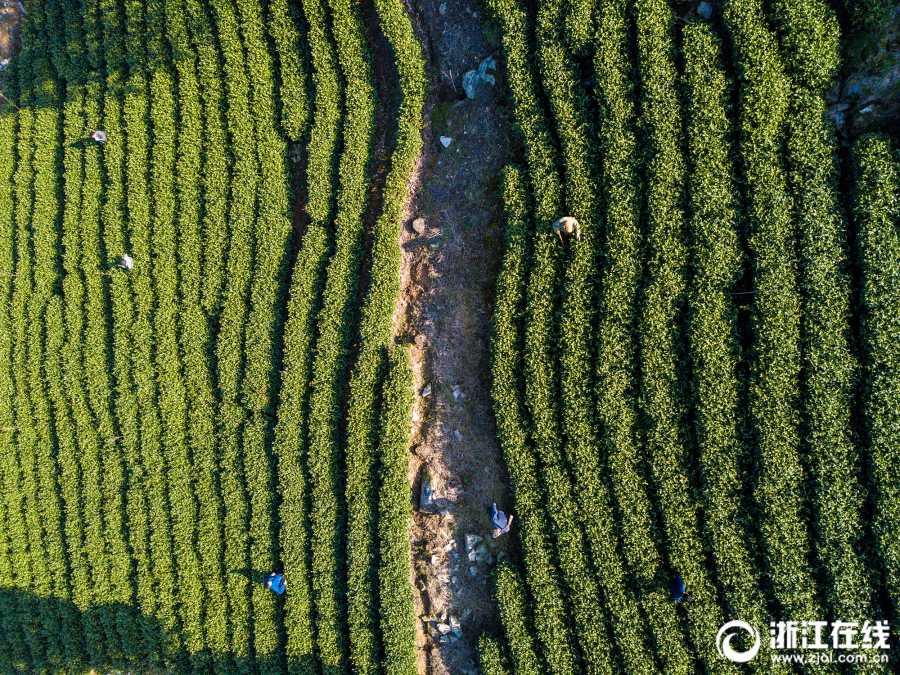 Binance login
Binance login
543.92MB
Check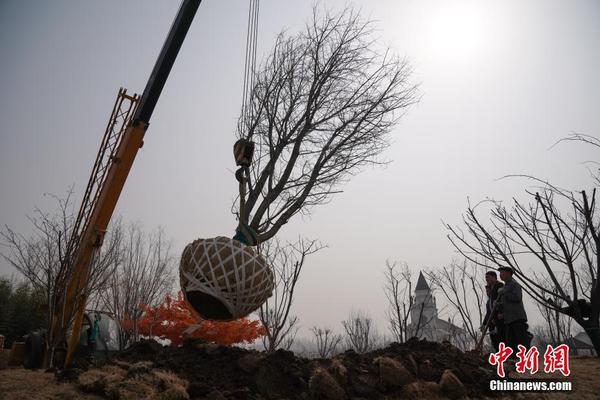 Binance US
Binance US
444.91MB
Check Binance login App
Binance login App
982.32MB
Check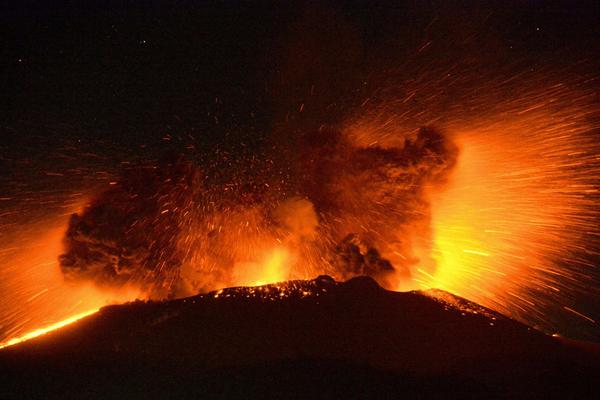 Binance download
Binance download
517.89MB
Check Binance wallet
Binance wallet
624.13MB
Check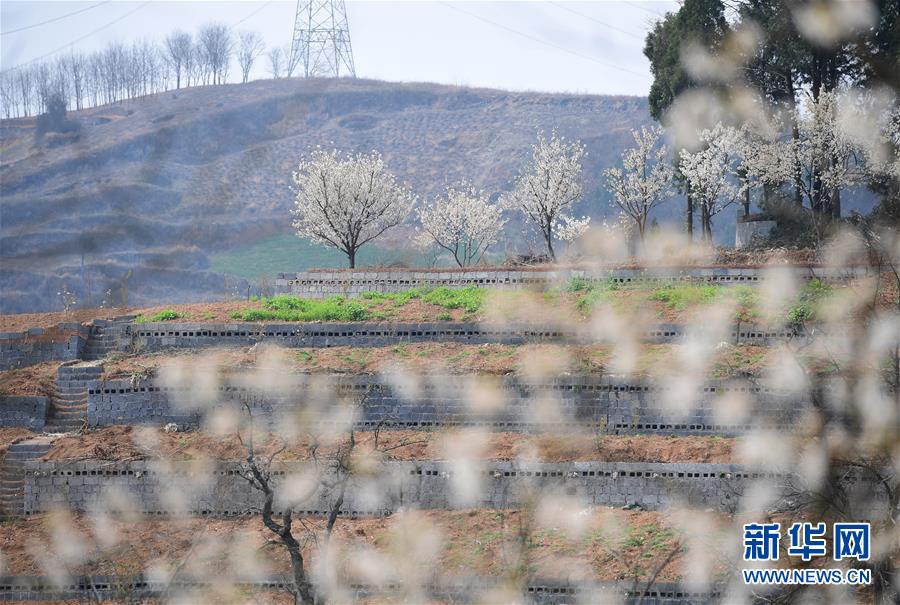 Binance download
Binance download
862.29MB
Check okx.com login
okx.com login
985.73MB
Check Binance login
Binance login
385.24MB
Check Binance app
Binance app
782.84MB
Check okx.com login
okx.com login
597.89MB
Check OKX Wallet apk download latest version
OKX Wallet apk download latest version
136.46MB
Check Binance Download for PC Windows 10
Binance Download for PC Windows 10
582.73MB
Check OKX Wallet Sign up
OKX Wallet Sign up
681.19MB
Check OKX app
OKX app
863.81MB
Check Binance login
Binance login
823.54MB
Check OKX review
OKX review
869.23MB
Check Binance download APK
Binance download APK
697.65MB
Check Binance login
Binance login
541.41MB
Check Binance APK
Binance APK
152.73MB
Check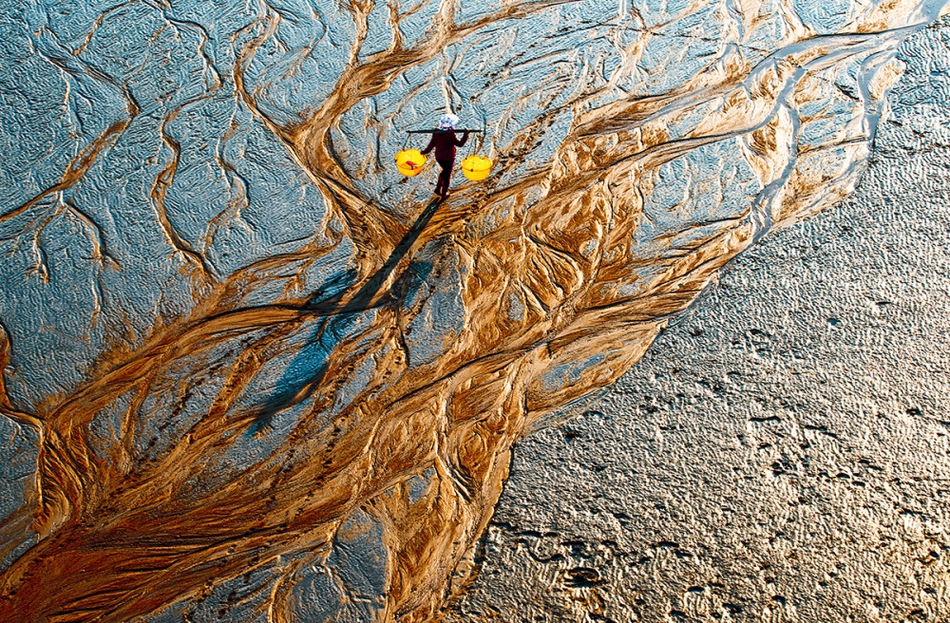 OKX Wallet apk download
OKX Wallet apk download
422.52MB
Check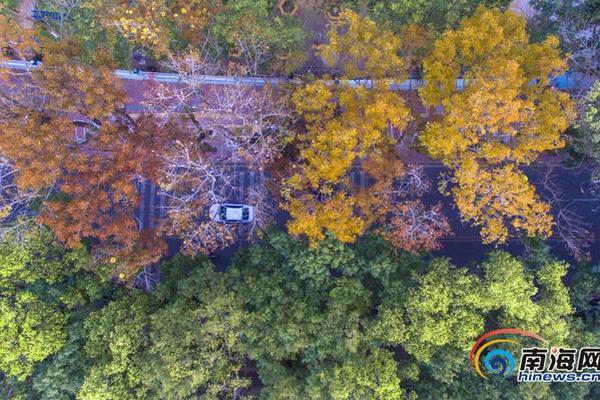 Binance login App
Binance login App
541.19MB
Check Binance login
Binance login
177.62MB
Check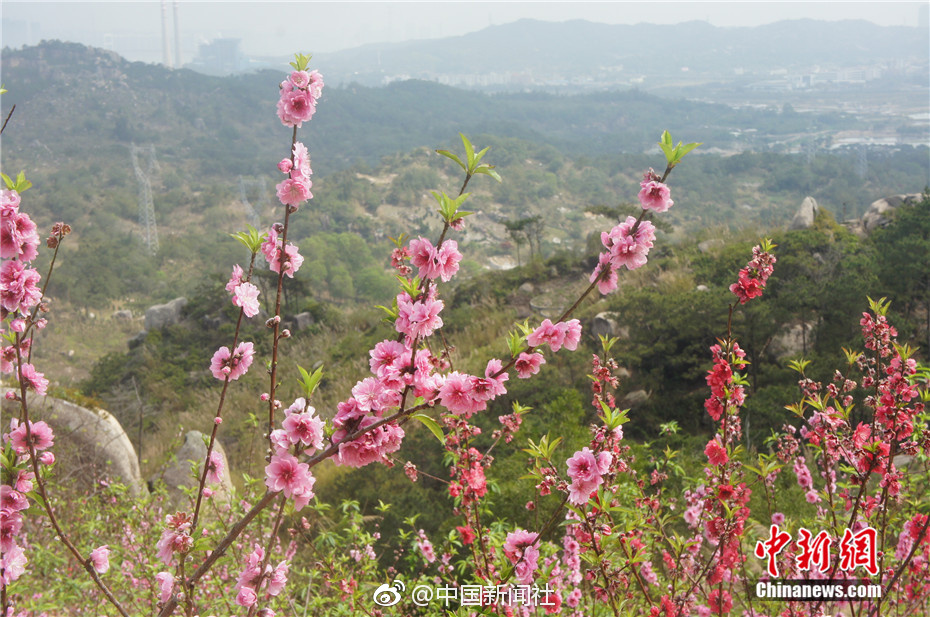 Binance login
Binance login
597.37MB
Check OKX Wallet extension
OKX Wallet extension
853.95MB
Check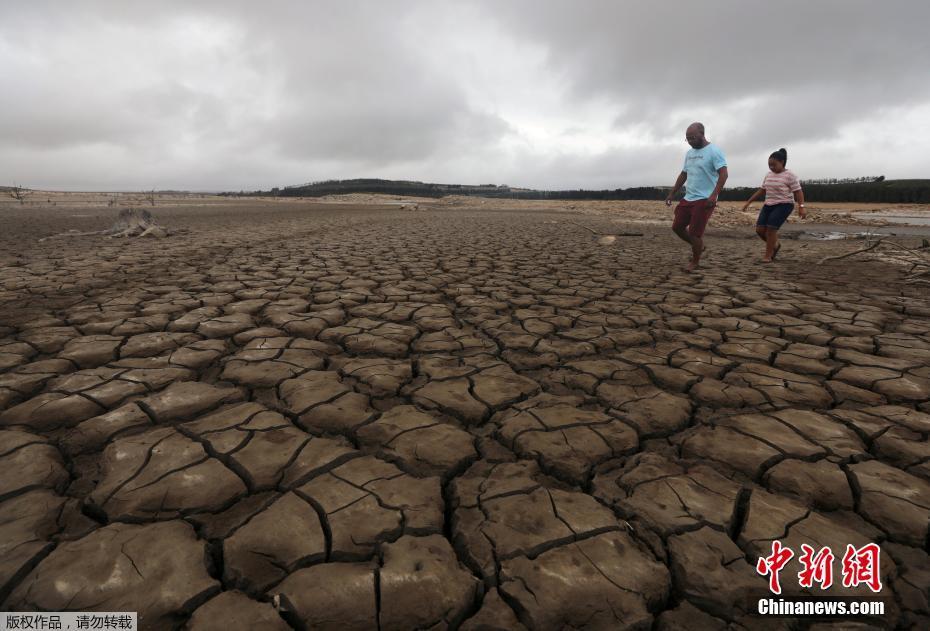 Binance download iOS
Binance download iOS
681.83MB
Check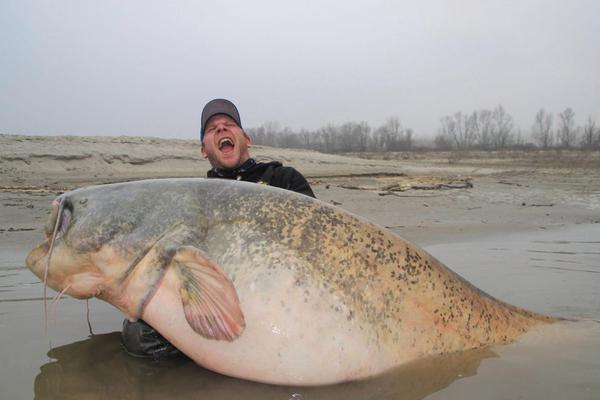 Binance wikipedia
Binance wikipedia
153.43MB
Check Binance download APK
Binance download APK
686.93MB
Check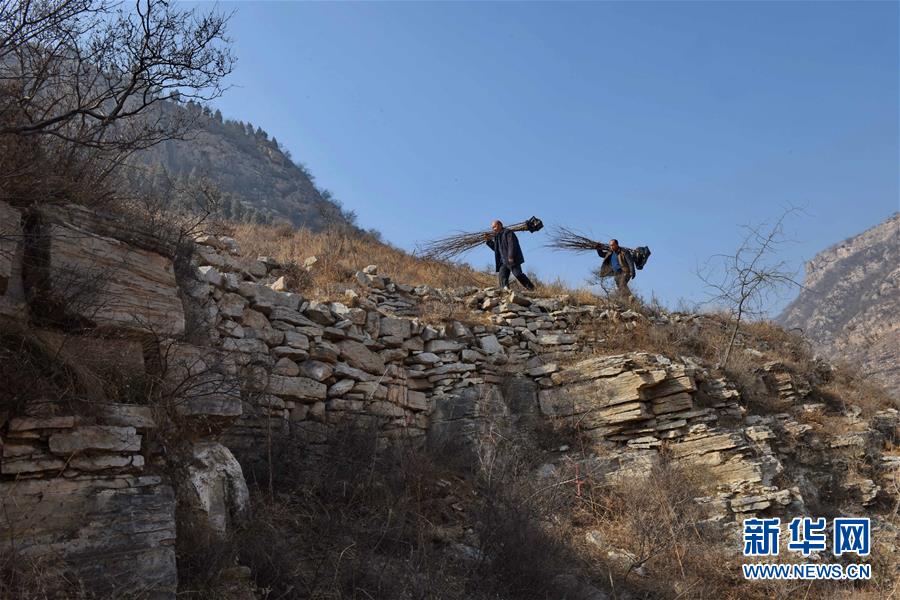 OKX Wallet app download for Android
OKX Wallet app download for Android
774.28MB
Check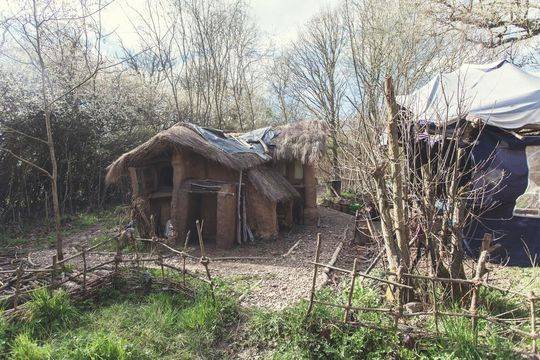 Binance download
Binance download
115.42MB
Check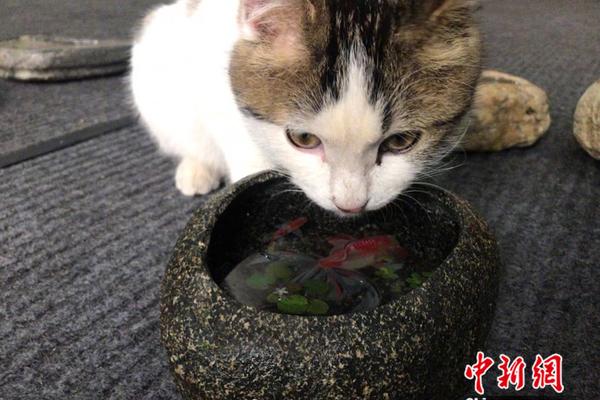 OKX Wallet to exchange
OKX Wallet to exchange
683.77MB
Check
Scan to install
OKX Wallet to exchange to discover more
Netizen comments More
2381 大获全胜网
2025-02-02 23:57 recommend
155 灰身泯智网
2025-02-02 23:39 recommend
378 千岩竞秀网
2025-02-02 23:02 recommend
364 命途多舛网
2025-02-02 22:46 recommend
159 不痴不聋网
2025-02-02 22:35 recommend